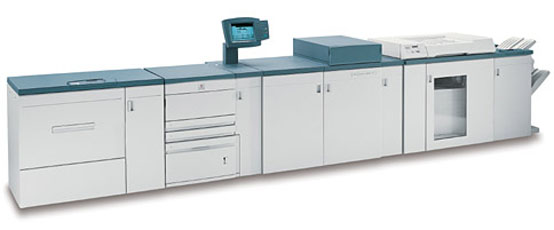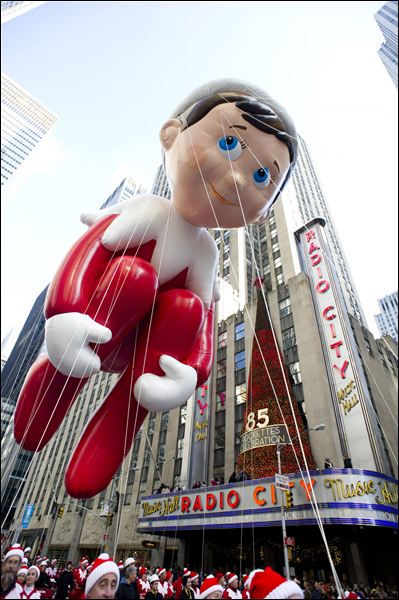Maximizing Your Ink: How to avoid ink density issues
Years ago, when we first starting working with Lightning Source for POD, we ran into problems. We kept getting messages from our rep that there was a problem with our file. Apparently the ink density was exceeding 240% in some areas. Huh? Well, after some research we did figure out what they meant by ink density. Apparently, they use toner instead of ink which can only be caked on so high before it starts smudging and running. Now here’s the thing with CMYK; each of the 4 colors can have up to 100% coverage per pixel. That means that a solid black dot could have 400% ink density! Well that is obviously over the 240% maximum that Lightning Source as giving us. They recommended using 100% black with just a hint of cyan, magenta, and yellow to make a nice rich black. Sure… but we had no idea how to do that. Reds and purples also posed problems. We fiddled with it in Photoshop and were able to get the overall percentage down to 240 but not without also fading out the rest of the colors. It was embarrassing explaining the resulting mess to our clients. So we kept looking for solutions.

Can you tell which of these pictures has ink densities maximized at 240% and which one is way over 300%?
Jump ahead a few months and we stumbled upon a solution. By using a mathematical algorithm called parallel matching, we could change the ink density in a piece, pixel by pixel, without fading anything. It was expensive to implement this solution but once we had it programmed, we were golden! Now we use parallel matching on all our art. Even offset books are better with it. Our offset printers like a maximum of 300% ink density to avoid pooling and now we can do that. Whereas before we just took our chances.
We offer the service to the general public as well. You can go to our webpage to learn more about it. It is very inexpensive because we have streamlined the process. No more ink density problems, courtesy of Dragonpencil.




